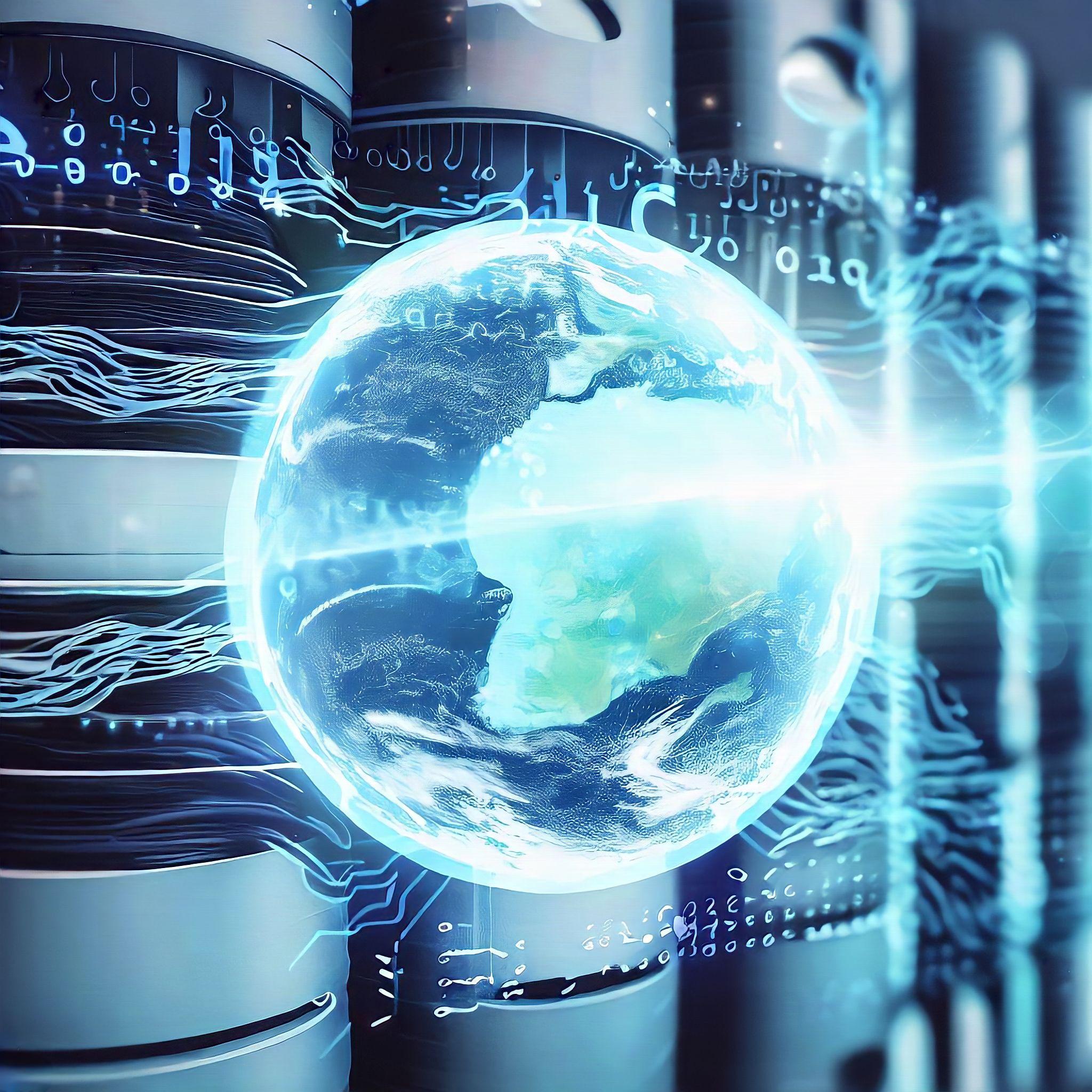The Impact of Data Centers on Water Resources and the Environmental Concerns
Introduction
The Water Consumption of Data Centers
Recent revelations have highlighted the significant water consumption of data centers. In a legal battle with the city of Dalles, Oregon, Google's data centers were shown to use a quarter of the town's water supply. This staggering figure raises questions about the sustainability of data center operations and their impact on local communities.
Secrecy Surrounding Water Usage
Companies operating data centers have been reluctant to disclose their water usage. The effectiveness of water consumption could provide insights into a data center's compute capacity, making it a valuable metric for competitors. Consequently, these companies aim to provide as little information as possible, hindering transparency and impeding discussions about sustainable practices.
The Link Between Power Costs and Data Center Locations
Historically, data centers have been built in areas where power costs are low. However, as companies like Google and Microsoft strive for net-zero emissions, the focus has shifted to regions abundant in renewable energy sources like solar and wind. Paradoxically, these areas may face water scarcity, creating a new challenge in balancing environmental concerns.
Environmental Risks of AI
While discussions on the risks of AI have primarily focused on existential threats, environmental risks are often overlooked. The resource-intensive nature of AI development and deployment can contribute to carbon emissions and further strain natural resources. Understanding these risks is essential for promoting sustainable practices within the AI industry.
The Need for Transparency in AI Development
To address the environmental impact of AI, greater transparency is necessary. Companies should disclose the natural resources consumed and the carbon emissions generated throughout the AI model lifecycle. This transparency would foster discussions on when and how to strategically employ generative AI, weighing the environmental costs against the potential benefits in specific applications such as cancer treatment.
The Fixation on Generative AI
Generative AI has gained significant attention and adoption in recent years. Many companies feel compelled to utilize generative AI technologies to avoid being seen as outdated. However, this fixation has overshadowed the development of more efficient and low-impact AI approaches. It is crucial to recognize the limitations and appropriate use cases of generative AI to prevent its misuse in situations where alternative methods would suffice.
The Practical Applications of AI
Despite the allure of generative AI, numerous low-impact and efficient AI approaches already exist. These methods have been developed over the years to address various problems effectively. It is essential for organizations to explore and adopt these existing approaches, leveraging AI's capabilities without unnecessarily straining resources and exacerbating environmental concerns.
Conclusion
The environmental impact of data centers and AI development cannot be ignored. Water consumption by data centers, the secrecy surrounding it, and the fixation on generative AI are pressing issues that demand attention. It is imperative for companies to embrace transparency, focus on sustainability, and utilize AI methods responsibly to minimize environmental risks. By disclosing water usage and carbon emissions, companies can foster discussions on sustainable AI practices and make informed decisions regarding the adoption of generative AI.
FAQs
1. Why do data centers consume so much water?
Data centers require water for cooling purposes, as the vast amount of computing equipment generates significant heat. Water is an efficient and effective cooling solution, but its consumption can be substantial, especially in large-scale data centers.
2. Why do companies keep their water usage a secret?
Companies consider their water usage as a competitive advantage. By keeping this information confidential, they can protect their compute capacity metrics from competitors and maintain a strategic edge.
3. How can data centers contribute to water scarcity in certain regions?
Data centers often choose locations based on cheap power availability, but these areas may face water scarcity. As companies shift toward renewable energy sources, they may inadvertently exacerbate water scarcity in regions where such resources are limited.
4. What are the environmental risks of AI?
The development and deployment of AI models consume substantial resources and contribute to carbon emissions. The energy-intensive nature of generative AI technologies, in particular, can further strain natural resources and contribute to environmental degradation.
5. Why should companies focus on low-impact AI approaches?
Low-impact AI approaches offer effective solutions while minimizing resource consumption and environmental impact. By adopting these approaches, companies can achieve their objectives without unnecessarily straining resources and contributing to environmental risks.
Conclusion
The environmental impact of data centers and the adoption of generative AI technologies cannot be overlooked. Water consumption, secrecy surrounding water usage, and the fixation on generative AI pose significant challenges. To ensure sustainable development, transparency regarding resource consumption and carbon emissions is crucial. By making informed decisions and exploring low-impact AI approaches, companies can harness the power of AI while minimizing environmental risks.

